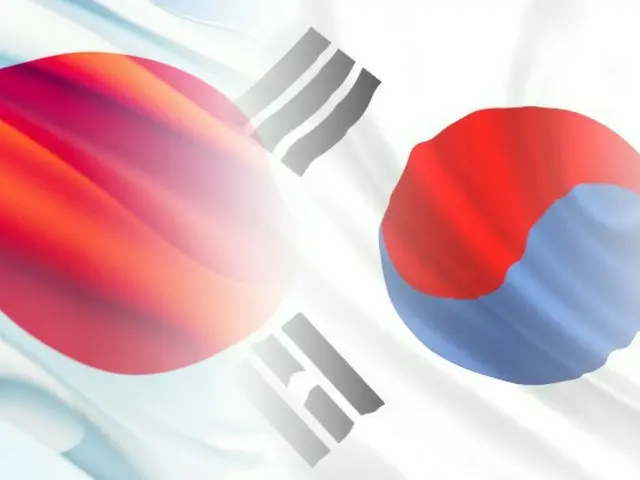The number of World Heritage sites, including natural heritage sites, is now 26. Regarding the "Sado Island Gold Mine," South Korea has objected to the site, alleging that former members of the Korean peninsula were forced to work there, and Japan and South Korea have been holding behind-the-scenes talks to
The Japanese and South Korean governments agreed to reflect the "whole history," including the history of former member laborers on the Korean Peninsula, in the on-site exhibits.
The Sado Island Gold Mine is made up of two mining ruins, the Aikawa Tsurushi Gold and Silver Mine and the Nishimikawa Gold and Sand Mine. In the 17th century, it became one of the world's largest gold producing areas, and until 1989,
The Japanese government and Niigata Prefecture say that "during the Edo period, a large-scale gold production system was developed using traditional handicraft techniques that differed from those in Europe, making this a rare mine even on a global scale."
On the other hand, Korean former member workers were mobilized to Sado Gold Mine to make up for the labor shortage during the war. The Korean side has been opposed to the inscription, claiming that forced labor was used. Korea is a member of the World Heritage Committee.
The committee, which is made up of 21 countries, has a basic principle of unanimity when deciding on World Heritage sites, so Japan was required to obtain the consent of South Korea.
However, Japan and South Korea have different views on whether or not something constitutes forced labor, and the Japanese government has been arguing that if the goal is to create a national record, the history of forced labor by Korean workers should be reflected.
In April 2021, the Cabinet decided to issue a response stating that the mobilization of workers from the Korean Peninsula to mainland Japan during the last war "did not constitute forced labor."
Regarding the "Sado Island Gold Mine," ICOMOS, an advisory body to UNESCO, sent an "information inquiry" last month requesting additional explanation from the Japanese side.
While acknowledging the value of the site as a World Heritage Site, the recommendation called for the exclusion of areas with many historical sites dating back to the Meiji period and the expansion of the buffer zone to protect the heritage. Furthermore, with South Korea's claims in mind, the recommendation called for the removal of areas that Japan has
They asked for an exhibition that would explain the history of the gold mine throughout its history, not just the Edo period, which they had emphasized as a valuable cultural heritage. Japan responded to these recommendations by holding secret discussions with the Korean side and setting up an exhibition facility in Sado City.
The two sides reached an agreement to start a new exhibition on mining workers, including Korean former member workers, at the facility.
On the 27th, the UNESCO World Heritage Committee, which decides on new World Heritage sites, held a meeting in New Delhi, India, and after deliberation, the committee decided to include Korea and other countries in the list of new World Heritage sites.
The committee unanimously decided to register the Sado Island Gold Mine as a World Heritage Site. The committee stated, "At a time when mechanization of mining and other industries has progressed in other parts of the world, Sado Island is one of the few Asian countries that has continued to produce highly advanced handicrafts.
Japan said in the committee that it would "honor the memory of all the workers, especially the former member workers on the Korean Peninsula, and strengthen its explanation and exhibition strategy regarding the overall history of the mine."
"We will continue to make efforts," he said. South Korea also said, "We support the decision. We welcome Japan's response of exhibiting related materials ahead of the committee meeting, as this will alleviate South Korea's concerns."
On the 28th, the Yomiuri Shimbun reported that "the Japanese and South Korean governments will not use the term 'forced labor' in local exhibition facilities regarding workers, including former members of the Korean Peninsula, but will explain the living conditions at the time.
"With the 60th anniversary of the normalization of diplomatic relations between Japan and South Korea approaching next year, relations have been improving, and it appears that government officials from both countries were reluctant to create new sources of conflict."
The Asahi Shimbun also reported on the 27th that "the agreement was also driven by the unprecedentedly good relationship between the two countries." 28 years have passed since the start of the efforts to register the site as a World Heritage Site, and the long-cherished wish has finally come true, and the local residents are overjoyed.
When the registration was decided, local residents and related parties gathered at the guidance facility for "Sado Island Gold Mine," "Kirarium Sado," cheered and shared their joy by popping paper lanterns.
"What's important now is what's to come. We want to protect and utilize this precious cultural heritage, and work hard with everyone to enrich this island," said Ko Nakano, chairman of the group "Sado World Heritage Association."
Furthermore, at a later press conference, he said, "South Korea has ultimately acknowledged it. I believe it is our responsibility to work together as friendly as possible."
On the 27th, South Korean Foreign Minister Cho Tae-yol said, "Of course, the exhibits (Japan) has set up at the site are
"We hope that the government will maintain close communication with the South Korean government and take sincere measures, such as holding a memorial service," he said.
He said the government "refused to acknowledge forced labor until the very end," and criticized the Yoon Seok-yeol administration, which agreed to the registration, for "tolerating Japan's distortion of history."
2024/07/30 15:12 KST
Copyrights(C)wowkorea.jp 5

